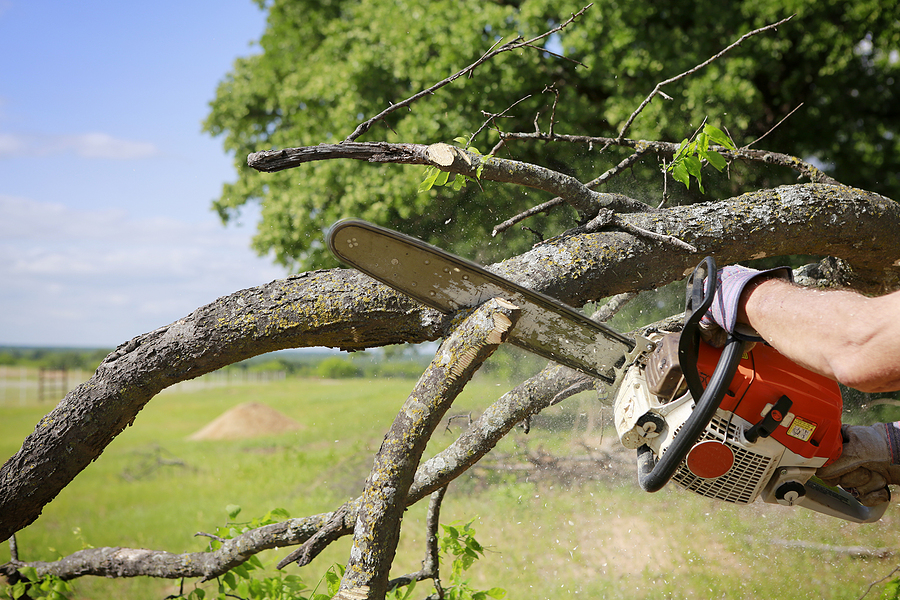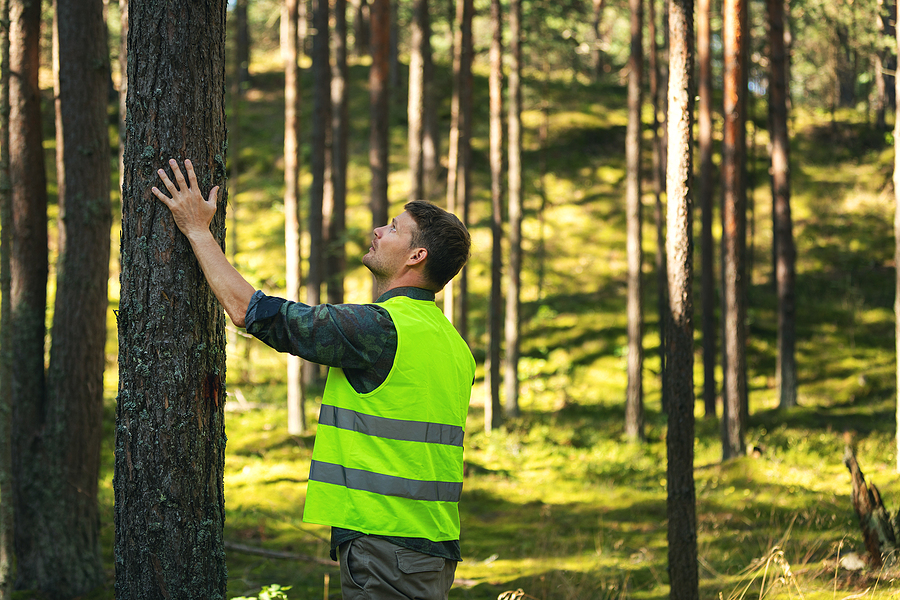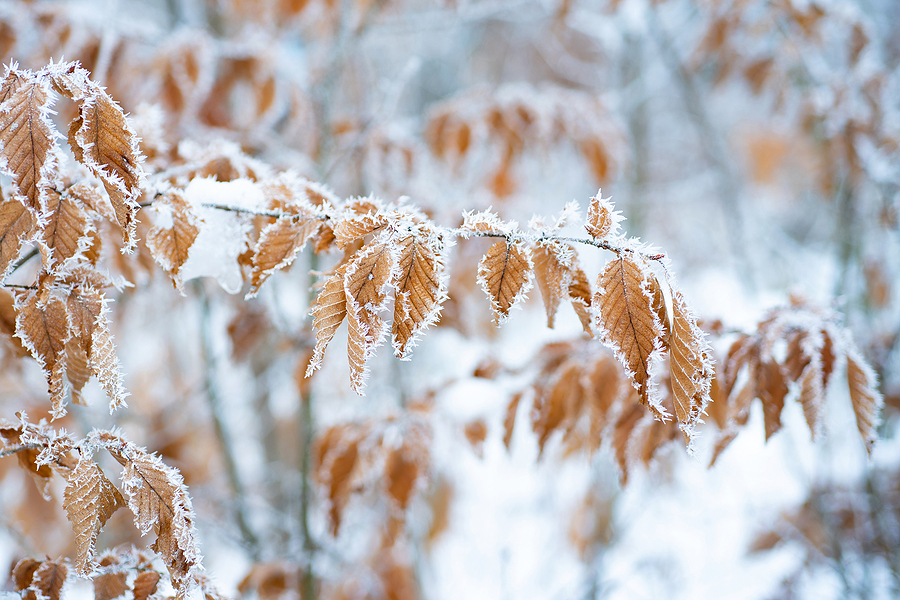Picture this – a lush, thriving garden with towering trees that exude health and vitality. This vision is achievable through an often overlooked, yet highly effective method known as deep root fertilization or tree injections. For homeowners, gardeners, and tree lovers, understanding and implementing this technique can make a world of difference. In this post, we’ll explore the ins and outs of deep root fertilization, its benefits, and how it can transform your green space.

Understanding the Need for Deep Root Fertilization
Ever noticed your trees looking a bit under the weather? Signs like yellowing leaves, stunted growth, or sparse foliage may indicate nutrient deficiencies. Deep root fertilization provides a solution by delivering essential nutrients directly to the tree’s root zone. By targeting the areas where roots actively absorb minerals and water, this method ensures that trees receive the nourishment they need to thrive.
In urban environments, trees often compete with lawns and other plants for nutrients. Additionally, soil compaction from foot traffic and construction can limit root expansion and nutrient uptake. Deep root fertilization addresses these challenges, enhancing the health and longevity of your trees.
The Science Behind Tree Injections
Trees absorb nutrients primarily through their root systems, which spread out and down into the soil. Tree injections work by injecting nutrients directly into the soil at depths where feeder roots are most active. This bypasses surface-level competition and ensures that essential elements reach the roots effectively.
Nutrient uptake is facilitated by water movement within the soil. When nutrients are placed at the root zone, they dissolve in soil moisture and are readily absorbed by the roots. This method not only improves nutrient availability but also supports soil aeration, reducing compaction and promoting healthier root growth.
The Process of Deep Root Fertilization
Wondering how to get started with tree root fertilization? Here’s a step-by-step guide to help you through the process:
- First, gather the necessary tools, including a soil auger or probe, a pump or injector system, and the chosen fertilizer.
- Start by assessing the tree’s root zone, typically extending to the tree’s drip line. Drill holes about 2-3 feet apart and 12-18 inches deep, ensuring an even distribution around the tree.
- Next, prepare the fertilizer solution according to the manufacturer’s instructions.
- Use the pump or injector system to inject the fertilizer into the prepared holes. Ensure the solution penetrates deep into the soil, reaching the feeder roots.
- Finish by watering the area to help distribute the nutrients and encourage absorption.
Choosing the Right Tree Fertilizer
Selecting the appropriate fertilizer is crucial for the success of deep root fertilization. Various types of fertilizers are available, each catering to specific tree needs. Common options include slow-release, liquid, and organic fertilizers.
- Slow-release fertilizers gradually release nutrients over time, providing a steady supply to the roots.
- Liquid fertilizers, on the other hand, offer immediate nutrient availability, perfect for trees in need of a quick boost.
- Organic fertilizers, derived from natural sources, improve soil health while supplying essential nutrients.
Consulting with a tree care professional can help determine the best fertilizer for your specific trees and soil conditions. By choosing the right product, you’ll ensure that your trees receive the optimal blend of nutrients for healthy growth.
Timing and Frequency of Tree Fertilizer Injections
When it comes to tree injections, timing is everything. The best times to fertilize are during the growing seasons, typically in early spring and late fall. These periods align with the tree’s natural growth cycles, allowing for maximum nutrient uptake.
Frequency of fertilization depends on several factors, including tree species, soil conditions, and overall health. Generally, deep root fertilization is recommended once or twice a year. However, trees showing signs of severe nutrient deficiency may benefit from more frequent applications.
Monitoring your trees’ health and consulting with a tree care expert can help establish a fertilization schedule tailored to your landscape’s needs. Regular fertilization ensures that your trees receive consistent nourishment, promoting robust growth and vitality.
The Benefits of Tree Injections
The advantages of deep root fertilization go beyond merely addressing nutrient deficiencies. This method offers long-term benefits that significantly impact tree health and growth. Deep root fertilization enhances root development by fostering an environment conducive to growth. Healthier roots lead to stronger, more resilient trees capable of withstanding environmental stresses such as drought, pests, and disease.
That’s not all; properly fertilized trees exhibit improved foliage density and color, contributing to a more vibrant and aesthetically pleasing landscape. Another notable benefit is the increased resistance to diseases and pests. Well-nourished trees are better equipped to fend off attacks from harmful organisms, reducing the need for chemical treatments and promoting a healthier ecosystem.
Common Mistakes to Avoid
While deep root fertilization is highly effective, certain pitfalls can hinder its success. Avoiding these common mistakes ensures that your efforts yield the best results:
▷ Over-Fertilizing: One of the primary errors is over-fertilization. Excessive nutrients can cause root burn and damage the tree, leading to detrimental effects. Always follow the recommended dosage and frequency for your chosen fertilizer to prevent this issue.
▷ Ignoring Soil Health: Another mistake is neglecting soil analysis. Understanding your soil’s composition and nutrient levels helps in selecting the appropriate fertilizer and application rate. Conducting a soil test before starting deep root fertilization provides valuable insights for a tailored approach.
▷ Improper Spacing: Lastly, improper hole spacing and depth can limit nutrient distribution. Ensure that holes are evenly spaced around the tree’s root zone and at the correct depth to reach the feeder roots effectively. Proper technique guarantees optimal nutrient absorption and tree health.
Cost Analysis of Deep Root Fertilization
Investing in deep root fertilization may seem like a significant expense, but the long-term benefits outweigh the initial costs. The price of deep root fertilization varies based on factors such as the size and number of trees, type of fertilizer, and labor involved.
On average, homeowners can expect to spend between $100 and $300 per tree for professional deep root fertilization services. While this may seem steep, the return on investment is substantial. Healthy, well-maintained trees not only enhance property aesthetics but also increase property value.
Furthermore, the cost of tree injections is offset by reduced expenses on pest control, disease management, and tree replacement. A thriving tree landscape contributes to a beautiful and sustainable environment, making the investment worthwhile.
Conclusion
In summary, deep root fertilization stands as a powerful tool for nurturing tree health and enhancing your landscape. By delivering essential nutrients directly to the root zone, this technique promotes robust growth, disease resistance, and overall vitality.
For homeowners, gardeners, and tree lovers, implementing deep root fertilization can transform your green space into a thriving oasis. Consider consulting with a professional to assess your trees’ needs and develop a tailored fertilization plan.
If you’re ready to see your trees flourish, take the next step today. Contact Complete Tree Care at 317-783-2518 for licensed and insured tree services in Indianapolis, Indiana. We serve both residential and commercial clients all throughout Central Indiana.
Related Posts:
Facts About Stem Girdling Tree Roots
What You Need to Know About Daily Tree Root Care
The Essential Guide to Tree Inspections





